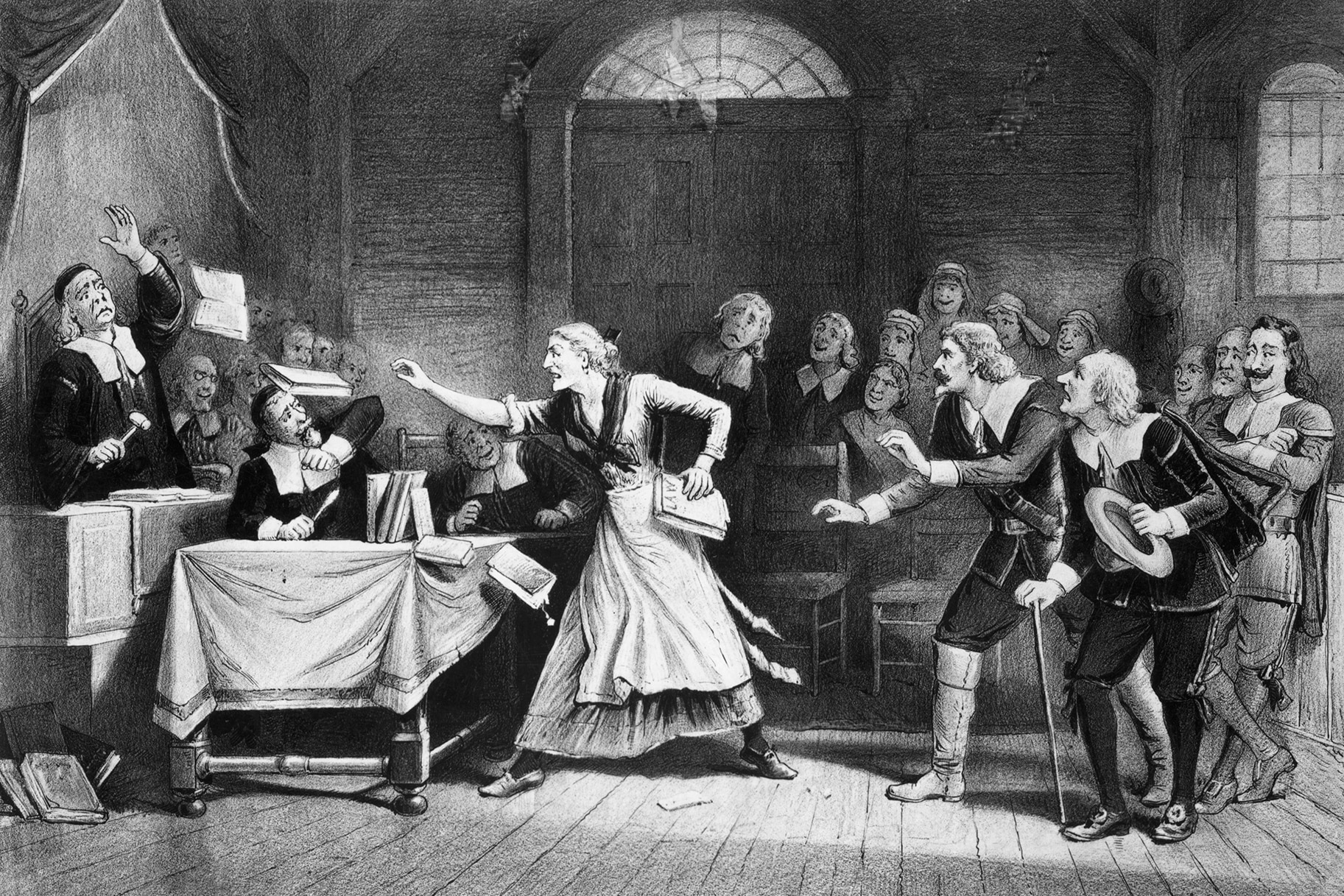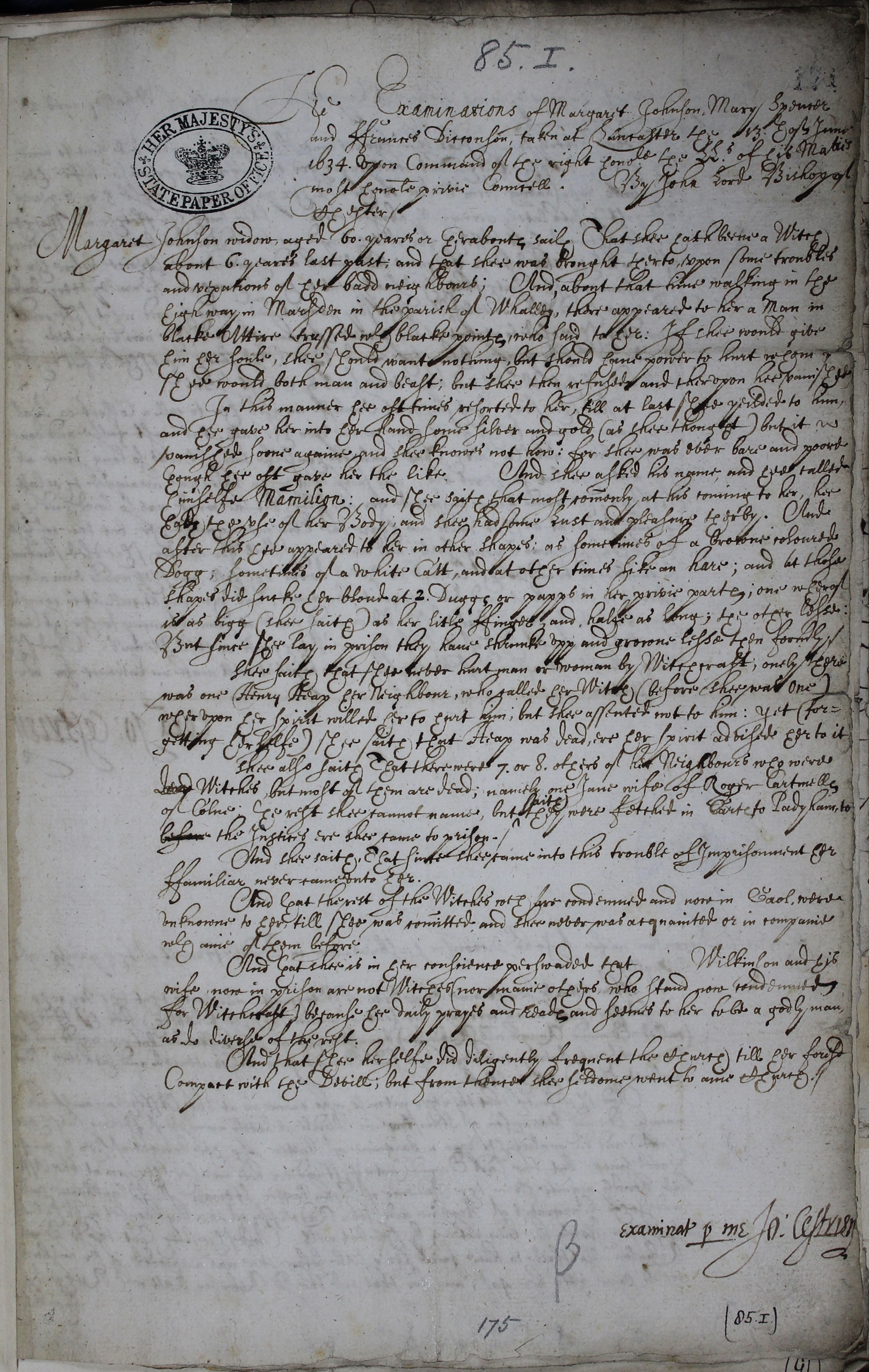
Okay, here is a 1,200-word article in English, adopting a journalistic style, about the legends of America, featuring the story of Mary Johnson from the Salem Witch Trials.
Echoes in the American Soil: Unearthing the Legends That Define a Nation
By [Your Name/Journalist’s Name]

From the mist-shrouded forests of the Pacific Northwest to the sun-baked plains of the Southwest, America is a nation not just of concrete and steel, but of whispers and wonders, a land steeped in a rich, often unsettling, tapestry of legends. These aren’t just quaint campfire tales; they are the bedrock of cultural identity, the echoes of fears, hopes, and the enduring human quest to understand the inexplicable. They reveal what we cherish, what we fear, and how we grapple with the unknown.
In this sprawling landscape of myth, some legends spring from the raw, untamed wilderness, others from the brutal realities of frontier life, and a significant portion from the deep-seated anxieties of its earliest European settlers – anxieties that once ignited a literal firestorm of suspicion and death in a small Massachusetts village, forever etching the name "witch" into the American consciousness.
The Crucible of Fear: Mary Johnson and the Salem Specter
No discussion of American legends, particularly those steeped in fear and the supernatural, can bypass the harrowing events of the Salem Witch Trials. This dark chapter, unfolding in 1692-1693, wasn’t just a historical incident; it became a foundational American legend, a cautionary tale about mass hysteria, religious fervor, and the devastating power of accusation. At its heart were individuals like Mary Johnson, whose tragic story encapsulates the terror and psychological torment of that era.
Mary Johnson, an Andover resident and wife of a farmer, was not one of the initial accusers, nor one of the first to be hanged. Instead, her story is perhaps even more chilling because it represents the insidious mechanism by which the trials expanded and gained a veneer of legitimacy: the forced confession.
"The air in Salem and surrounding towns was thick with paranoia," explains Dr. Sarah M. Johnson, a historian specializing in colonial American studies. "People genuinely believed the Devil was at work in the New World, actively trying to subvert their Puritan society. Any unexplained ailment, crop failure, or strange behavior could be attributed to witchcraft."
In this charged atmosphere, spectral evidence—testimony about spirits tormenting the accusers—was accepted as valid proof. Mary Johnson, like many others, found herself caught in this terrifying web. Accused of witchcraft, she was subjected to intense questioning, sleep deprivation, and psychological torture designed to extract a confession. The promise of leniency, of avoiding the hangman’s noose, was dangled before her. Under immense pressure, Mary Johnson confessed.
Her confession was detailed, recounting how the Devil had appeared to her, tempting her, and how she had signed his book. She implicated others, a common, heartbreaking outcome of these confessions, as the accused, desperate to save themselves, often named additional "witches" to satisfy their interrogators. This act of confession, whether true or coerced, was devastatingly effective for the accusers. It validated their claims, fueling the hysteria and providing what appeared to be irrefutable proof that the Devil was indeed among them.

"Mary Johnson’s confession, along with others like hers, served a crucial, dark purpose," notes Dr. Johnson. "It gave the trials a horrifying credibility, suggesting that even ‘respectable’ members of the community were secretly in league with evil. It made the invisible threat visible, terrifying everyone."
Unlike many, Mary Johnson eventually recanted her confession, as did several others, once the tide of public opinion began to turn and the absurdity of spectral evidence was increasingly questioned. Her recantation, however, did not erase the trauma or the stain of accusation. She was eventually released from prison, but the experience undoubtedly left an indelible mark.
The legend of the Salem Witch Trials, with figures like Mary Johnson at its core, serves as a stark, enduring reminder of the dangers of unchecked religious zeal, fear-mongering, and the erosion of due process. It’s a foundational American legend because it speaks to a primal fear of the "other," the unknown, and the fragility of justice.
Beyond the Gallows: Legends of Wilderness, Wonder, and Woe
While the Salem trials anchored one facet of America’s legendary landscape – the fear of the internal, supernatural threat – other legends emerged from different wellsprings, reflecting the nation’s vastness and the diverse experiences of its people.
1. The Giants of the Frontier:
As America pushed westward, a new breed of legend was born: the folk hero. These larger-than-life figures embodied the aspirations and struggles of taming a continent. Paul Bunyan, the colossal lumberjack and his blue ox Babe, carved out rivers and forests with his mighty axe, symbolizing human ingenuity and strength against an overwhelming wilderness. Johnny Appleseed (John Chapman), the eccentric pioneer who walked barefoot across the Midwest planting apple trees, became a symbol of peaceful settlement and the enduring legacy of simple acts. These legends spoke to a nation building itself, celebrating the spirit of enterprise and the sheer effort required to forge a new civilization.
2. The Cryptids and the Unexplained:
The vast, untamed corners of America also gave rise to legends of mythical creatures that defy scientific explanation. Bigfoot (Sasquatch), a hairy, ape-like creature said to roam the forests of the Pacific Northwest, is perhaps the most famous. Sightings, grainy photographs, and footprints fuel a persistent belief in its existence, tapping into our primal fascination with the wild and the unknown. In West Virginia, the Mothman, a winged, red-eyed humanoid, became a harbinger of doom after a series of sightings preceding the tragic collapse of the Silver Bridge in 1967. The Jersey Devil, a flying, bat-winged creature with a horse-like head, has haunted the Pine Barrens of New Jersey for centuries, a local legend born from folklore and a deeply ingrained sense of the sinister lurking in the swamps. These cryptids represent the enduring mystery of nature, a reminder that despite our advancements, vast swathes of the world remain untamed and perhaps unknowable.
3. Outlaws and Anti-Heroes:
The tumultuous era of the Wild West spawned its own pantheon of legends, figures who straddled the line between villain and folk hero. Jesse James, the notorious bank and train robber, became a romanticized figure, often portrayed as a Southern Robin Hood fighting against Yankee oppression, despite his ruthless acts. Billy the Kid (William H. Bonney), a young gunslinger in New Mexico, became an icon of rebellion and a symbol of the lawless frontier. These legends explore themes of justice, retribution, and the blurred lines between right and wrong in a world where law and order were often scarce. They highlight a uniquely American fascination with the individual against the system, a rebellious streak that runs deep in the national psyche.
4. Hauntings and the Lingering Dead:
Beyond Salem, the supernatural continued to manifest in legends of hauntings. From the ghostly apparitions at Gettysburg, where the spirits of fallen soldiers are said to roam the hallowed grounds, to the infamous Bell Witch of Tennessee, a poltergeist-like entity that tormented the Bell family in the early 19th century, America is dotted with locations where the past refuses to stay buried. These legends speak to our universal curiosity about what lies beyond death, the persistence of memory, and the idea that certain places hold echoes of intense human experience.
The Enduring Power of Myth
Why do these legends persist, even in an age of science and instant information? Because they serve vital functions. They entertain, certainly, but they also explain the unexplainable, provide moral lessons, and reinforce cultural values. They are a form of collective memory, shaping our understanding of history, identity, and place.
The story of Mary Johnson from Salem is not just a historical footnote; it’s a living legend that continues to inform our understanding of civil liberties and the dangers of groupthink. The tales of Bigfoot or the Jersey Devil tap into our primal fear of the unknown and the enduring allure of wilderness. The sagas of Paul Bunyan and Jesse James reflect our aspirations for greatness and our complex relationship with authority.
"Legends are more than just stories; they are dynamic cultural artifacts," asserts Dr. Johnson. "They evolve, adapt, and continue to resonate because they address universal human concerns. They are the stories we tell ourselves about who we are, where we came from, and what we believe in."
In a nation as diverse and dynamic as America, these legends – from the terrifying specters of Salem to the towering figures of the frontier – continue to weave themselves into the fabric of daily life, reminding us that beneath the veneer of modernity, the echoes of the past and the mysteries of the unknown still profoundly shape the American imagination. They are the whispers in the wind, the shadows in the periphery, and the enduring heart of a legendary land.


